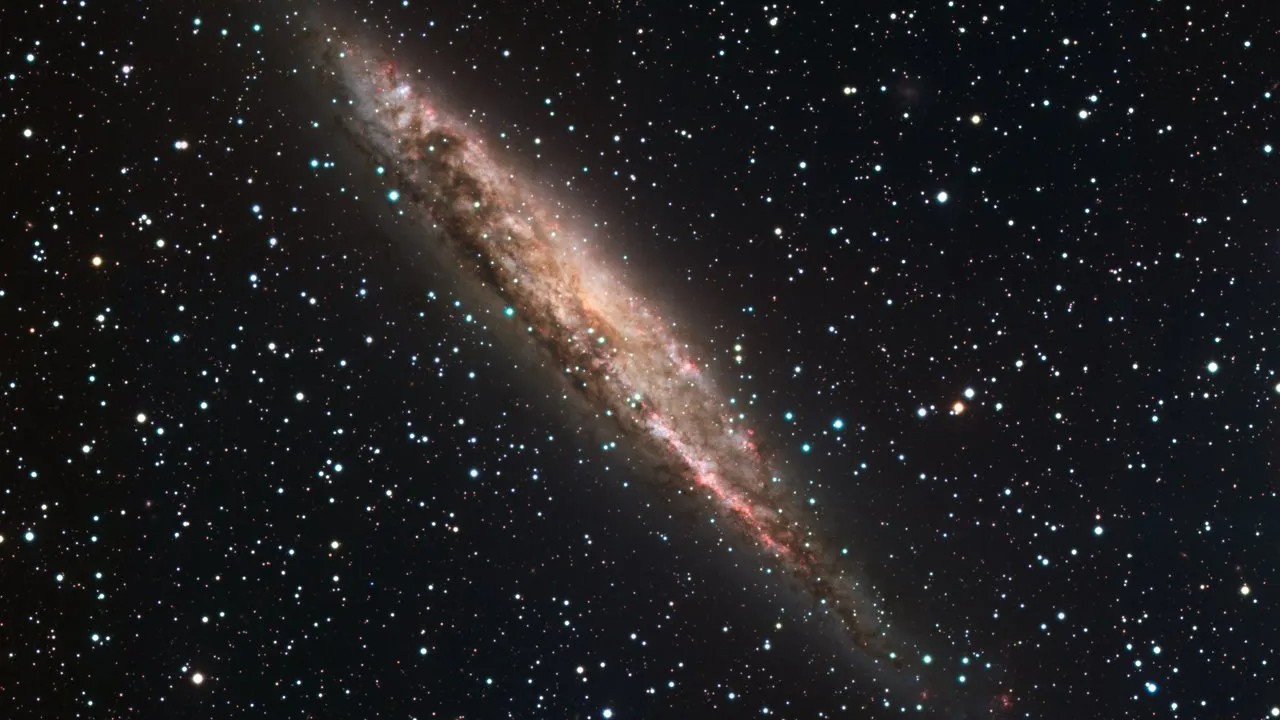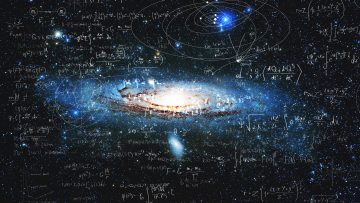Scientists are looking for ways to detect alien warp drives lurking in space. While these hypothetical propulsion systems are most famous in science fiction stories like Star Trek, scientists believe they could actually be real, too, and that we may be able to detect them out in the cosmos.
At least, that’s the hope. The new study, which highlights the novel approach scientists plan to use to study warp drives, discusses what might happen if one were to break down. More particularly, it discusses the signatures that the drives might leave behind and how we might detect them.
Scientists say it is completely possible that alien warp drives already exist and are roaming the cosmos as we speak. Of course, bringing that technology to fruition with our own technological advancements is another question, as we need exotic sources of energy to power it. But that hasn’t stopped scientists from looking for these drives out in space.

Despite being purely theoretical here on Earth, scientists believe having a well-defined description of what to expect from them will give us a good idea of what to look for out in the cosmos. This includes information like the form of gravitational waves they emit, which we may be able to one day detect and possibly track.
Considering our search for alien life in the cosmos has gone by mostly uneventful, save for some strange occurrences here and there, finding a way to actually prove the existence of alien warp drives would be a massive step forward in proving the existence of alien species, too.
Of course, it’s still unlikely we’ll ever really detect the signature of a warp drive out in space. But, it’s a novel idea that has provided some really intriguing research. A paper detailing the group’s findings is available on the server arXiv. The paper also appeared in The Open Journal of Astrophysics.








